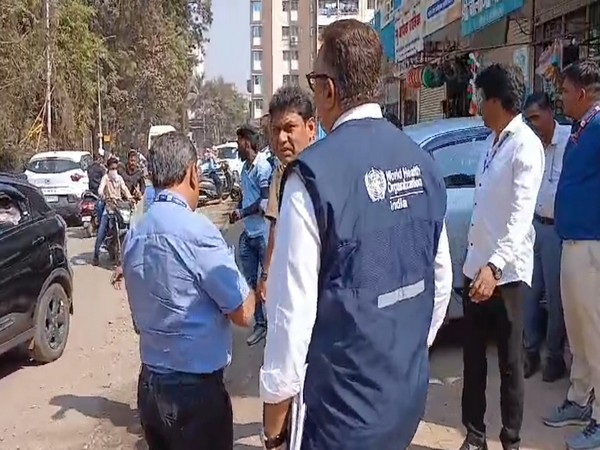Pune Faces GBS Crisis: Central Team Mobilized
A 36-year-old Ola-Uber driver in Pune died from Guillain-Barre Syndrome complications. As rising GBS cases alarm Maharashtra, the Union Health Ministry dispatches experts to investigate and manage the outbreak. With 130 suspected cases and 3 confirmed deaths, the situation demands immediate intervention and public health measures.

- Country:
- India
A 36-year-old man, employed as an Ola-Uber driver in Pimplegurav, was hospitalized at Yashwantrao Chavan Hospital on January 21 after showing signs of Guillain-Barre Syndrome (GBS). Despite receiving care, his health worsened, and he died on January 30, 2025, as reported by the Pimpri Chinchwad Municipal Corporation.
In a press release, officials stated, "A post-mortem by a committee at Yashwantrao Chavan Friendship Hospital identified trauma to the respiratory system due to pneumonia as the primary cause of death." The patient had been diagnosed with GBS, with a nerve conduction test performed on January 22 indicating the condition's progression.
The report cited severe acute respiratory distress syndrome, bilateral pneumonia, and Guillain-Barre Syndrome as contributing factors to the death. According to the Maharashtra State Health Department, by January 30, 130 suspected GBS cases had emerged, with three fatalities reported. Confirmed cases totaled 73, spanning across several districts, including Pune and Pimpri Chinchwad.
To counter the outbreak, the Union Health Ministry has sent a multi-disciplinary team to Pune. This group includes experts from the National Centre for Disease Control, NIMHANS Bengaluru, and the National Institute for Virology in Pune, aimed at assisting local health authorities.
The team is assessing the local conditions, recommending interventions, and coordinating with state officials. As potential environmental factors are being investigated, various water samples from the city have been sent for analysis. Guillain-Barre syndrome is an autoimmune disorder where the body's immune system attacks the nerves, leading to symptoms like weakness or paralysis, making timely intervention crucial.
(With inputs from agencies.)










